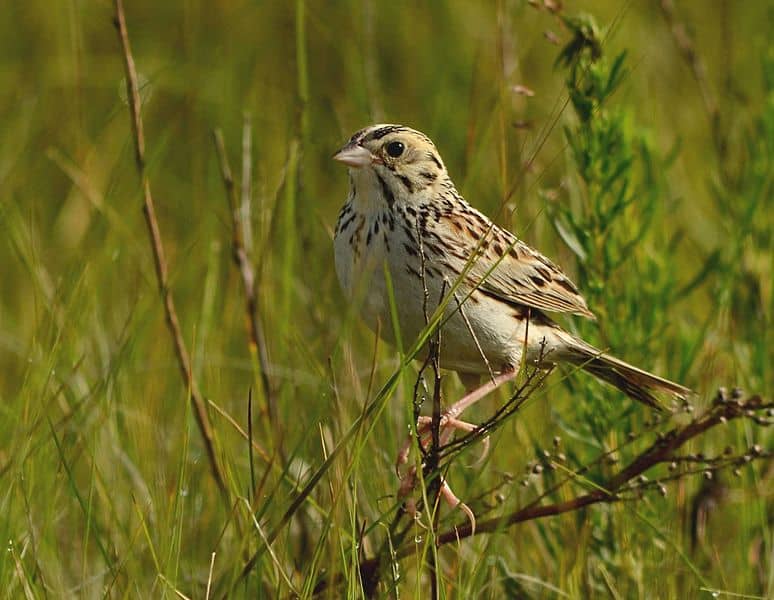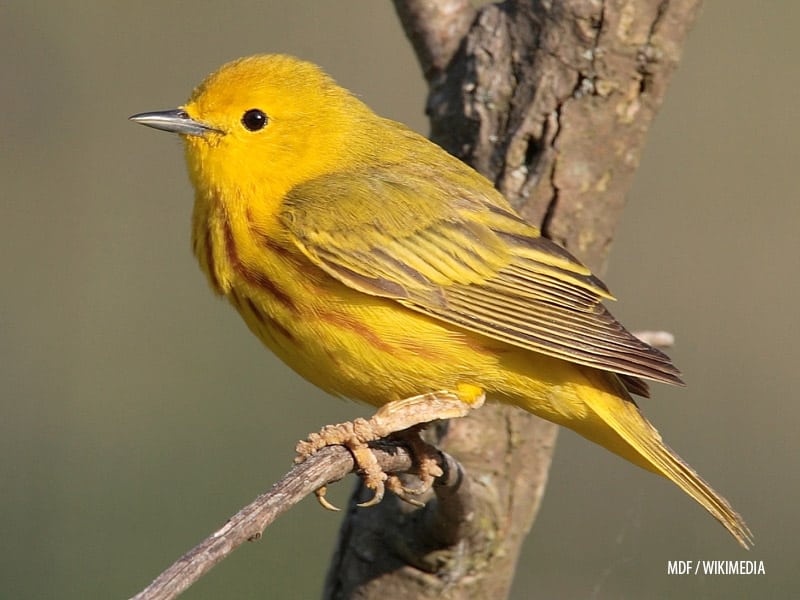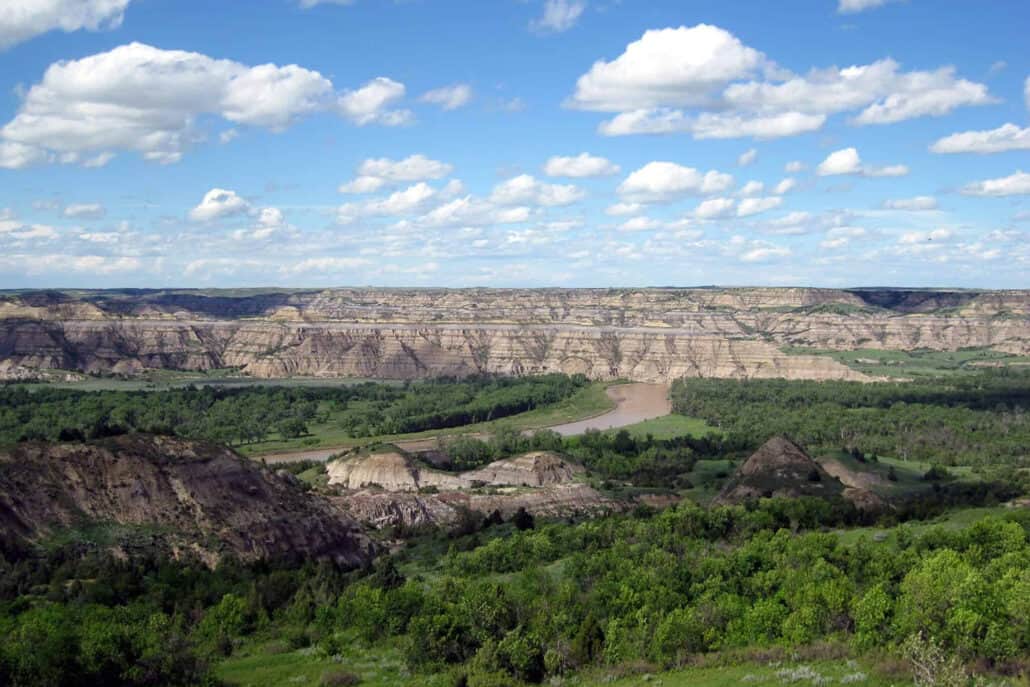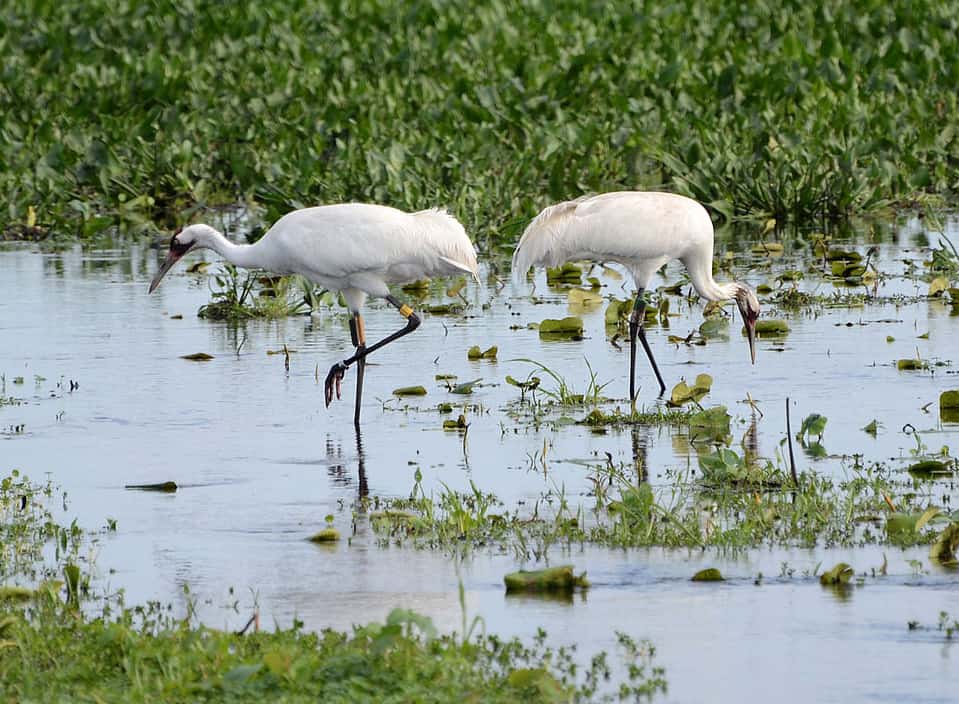In September 1883, a tired and dispirited young man stepped off a westbound train into the tiny hamlet of Medora in the Dakota Territory, and thereby altered his life. His name was Theodore Roosevelt.
Six months before, his comfortable world had fallen apart when his adored wife, Alice Lee, only 21 years old, and his beloved mother Mittie Roosevelt died within hours of each other at the family home in New York City. Teddy, only 24 himself but already a member of the New York State Legislature, was distraught. His fragile health became even more tenuous as a lifelong asthma condition recurred, and his mental state was precarious.
Finally, after months of indecision, he wrote his own prescription: a trip to the Wild West to hunt buffalo. The area around Medora became his base, and over the next several years he spent the bulk of his time in the Dakota Territory, living in a tiny log cabin, starting a cattle ranch with some partners, riding the range and living the strenuous life of a cowboy.
Long months in that rugged, forbidding landscape rebuilt his body and restored his mind. And although he successfully hunted the buffalo and other big game that had originally brought him there, he learned firsthand how delicate the western ecosystem really is and he became an active and vocal advocate of conservation—not a popular concept at that time.
Later, as president of the United States, he would put into practice those principles he had first embraced in the Dakota badlands, and his name would be forever entwined with the conservation movement in this country.
“I never would have been president if it had not been for my experiences in North Dakota,” he remarked many years later. That may or may not be true, but it is certain he would have been a different kind of president if he had never lived in this wild and unforgiving land.
In 1947 the U.S. Congress established as the Theodore Roosevelt National Memorial Park the land Roosevelt had roamed, and the site achieved full national park status in 1978. Located in southwestern North Dakota, the park’s North and South units are only a day’s drive from the most popular birding attractions in the state, but seem like a different world entirely.
The North Unit especially is worth a visit. My husband and I happened upon it almost by accident one summer, and our day there turned out to be the highlight of our trip.

Like so many birders before us, we had decided to visit the area’s famous wildlife refuges in search of prairie grassland rarities such as Baird’s and LeConte’s sparrows and Sprague’s pipits. We sent for brochures and planned an itinerary that included Des Lacs, Souris, Salyer, and Lostwood national wildlife refuges.
In mid-June, we reasoned, we’d have no trouble at all finding several new life birds and a whole lot of others as well. What we hadn’t counted on was interference from the weather. May had been far wetter than usual in the region, and when we arrived we found that most of the auto tour roads in these refuges had been flooded out and were closed to vehicles.
Even those that were open were soft and muddy, and we were advised not to risk taking our 27-foot motor home onto them. Trails, too, were under water or closed because of severe erosion.
We finally managed to locate some of our target species at Lostwood, which had not been as badly hit by the flooding as the others, but we found ourselves with several extra days to fill, as we hadn’t spent anywhere near as much time in the other refuges as we’d planned. Where, we wondered, should we go?
By chance we’d both recently read a biography of Teddy Roosevelt, so when a glance at the North Dakota map revealed the national park dedicated to him not too distant from our campground, we immediately decided to go there.
Generally speaking, I must admit, we shy away from national parks. We saw most of the popular ones back in the 1960s and thoroughly enjoyed the experience, but attempts to revisit many of them in recent years were not so pleasant. After battling traffic on Yellowstone’s crumbling roads, camping 10 feet from our neighbors at Acadia, and failing to get a site in the campgrounds of several other parks because we hadn’t made a reservation six months earlier, we’d just about decided to write off the national park system entirely.
This, though, promised to be different. It is remote, fairly small, and definitely unheralded. The North Unit is especially off the beaten path. That, we decided, was where we would go first. You can see the scenery change as you enter the park gates off Route 85 south of Watford City.
Flat or gently rolling prairie gives way to a rugged landscape of sandstone and clay, with giant boulders, craggy buttes, and sheer cliffs overlooking the lush treelined valley of the Little Missouri River. The whole place looks like the set of a cowboy movie. This is what a national park should be, I thought, as we drove along the entrance road.
The air was rich with the scent of sage and wood rose. The song of a warbling vireo drifted in through our open windows. The sun was shining for the first time all week. It was 9 a.m. and there wasn’t another car in sight. We had discovered a hidden gem—a place of stunning beauty, with breathtaking vistas, plenty of birds, and few people. We felt at times that day as if we’d stumbled into a vast private playground meant for us alone.
Our first stop was Juniper Campground where, with luck, we’d hoped to grab a spot that had just been vacated. We needn’t have worried: We could see right away that of the 50 available RV sites, only about 15 were occupied. We quickly signed up for one that was sheltered by a tangle of wild shrubbery and barely visible from its neighbors—though to tell the truth, nearly every site was equally attractive.
Most were clustered along a circular drive that enclosed a great grassy field, and all were well shrubbed and quite private. Birds were everywhere. As we stopped to pay our campground fee, a spotted towhee, new for our North Dakota list, emerged from under a roadside bush and posed for us—a good omen for the day ahead. We needed only five more species to reach 100 in North Dakota, a goal we’d set at the beginning of the trip.
Since we’d pretty much exhausted our options in the central grasslands and didn’t really want to go to the easternmost part of the state, we had not been at all sure we’d reach that total until we’d seen the very different terrain offered by Theodore Roosevelt Park. Now our hopes were up again.
Resolving to bird the campground and adjacent riverside areas later in the day, we took to the road again and began the 14-mile scenic tour. Stopping at every turnout, we quickly added rock wren and lazuli bunting to our state list. A Say’s phoebe was a surprise, as was a prairie falcon darting overhead. Common yellowthroats and yellow-breasted chats reminded us of home.

There are many trails available from the scenic road, and we walked a couple of the shorter ones. The Caprock-Coulee Trail is slightly more than four miles in length, with the first .8 mile designated as a nature trail, complete with a descriptive leaflet detailing some of the geology and wildlife of the area.
A short extension of this trail leads into a prairie dog town, where we’d hoped to spot a burrowing owl. We never found the owl but had an enjoyable time watching the antics of the little rodents, scores of them, standing upright like furry statues or scurrying from place to place like harried commuters already late for work.
We also walked a short distance along the lengthy (16 mile) Achenbach Trail, from the end of the scenic road to Sperati Point, which overlooks the Little Missouri River from high above.
Cedar waxwings sang their lispy notes as they flew over our heads, and the prairie falcon made a second appearance, hot on their heels. House wrens, clay-colored and field sparrows, vesper and grasshopper sparrows, and an American redstart kept us busy as we drank in the intoxicating scenery.
A lark sparrow made a brief appearance, followed by a couple of Savannah sparrows. We saw several coyotes along the roadside, and a dozen bison from the free-ranging herd that has been reintroduced to the park. Violet-green swallows show white rump patterns in flight. By lunchtime we had reached and exceeded our 100-species goal. We had, in fact, seen more birds and animals than people (try that at Yellowstone in June!).

Later that afternoon we explored the campground and the picnic area and group campsites that adjoin it. Yellow warblers sang from every other tree—I have never seen so many in one place. Their song sounded, to my eastern ears, like that of the chestnut-sided warbler, but obviously it was their common sound in this western state, as everyone repeated it over and over.
I quickly learned to recognize it and not look for chestnut-sideds that weren’t there. In addition to the yellow warblers, there were dozens of warbling vireos in the campground trees as well.
You’d think that the riverside vegetation, thick and lush as it was, could not hold anything else but these two species, so abundant were they, but of course it did—lots more. Even in midafternoon we had no trouble finding a new bird every few minutes as we walked through the area.
One bird we were surprised to see was an ovenbird, though we later learned that it’s fairly common and nests in the park. We found both hairy and red-headed woodpeckers, the latter always a special treat for us, since it’s rare in the North Carolina mountains where we live.
A violet-green swallow swooped over the picnic tables while an eastern kingbird looked on from a nearby snag. A nighthawk dozed on a tree limb only 10 feet from the ground, and a red-eyed vireo warbled from a hidden perch high above. A female mountain bluebird puzzled us for a moment, but we finally figured out her identity and added her to our growing list.
We liked this place more every minute. A stroll along the riverside trail that begins in the campground revealed more geologic wonders and turned up some white pelicans and a gadwall in the river, as well as a great blue heron standing sentry at the shore.

When we got back to our campsite and began preparations for a quiet fireside meal, we could hardly keep our minds on the task, all our attention being taken by a pair of (what else?) yellow warblers engrossed in a courtship dance of sorts. He was showing off, she was acting shy—you know the drill.
Every minute or so he’d throw back his head and let out another burst of song. She’d come a little closer, then retreat as he responded. We hardly had time to eat; we were so wrapped up in what they were doing. Meanwhile, the same scene was probably being repeated a dozen times over within sight of our vehicle, and by heaven knows how many other yellow warbler couples in the park.
We hadn’t seen anyone else with binoculars, so we imagined we were the only people around who realized—or cared— what was going on. From the checklist we’d picked up at the visitor center we could see that the great homed owl was a fairly common resident of the park. Would we hear one at dusk? We never found out because darkness comes very late at this northern latitude in June, and we were asleep before any owls were stirring.
The following morning we awoke before six only to find, in that vast central meadow at the heart of the campground, a herd of nearly 50 bison contentedly munching grass. We were glad we were self-contained and didn’t have to make our way across the lawn to the bath house. You can’t exactly shoo bison away like a pesky dog.
We left an hour later (the bison didn’t moved) and headed south to Medora and the entrance to the park’s South Unit. Our day there was educational and a lot of fun, but the bird life there can’t compare to what we found at the North Unit. This may have had something to do with the weather, which had turned wintry again.
We donned parkas and gloves and smiled at the foreign tourists milling about the reconstructed Roosevelt cabin wearing T-shirts and shorts. They couldn’t imagine such weather in the third week of June. Their lightweight clothes were a defiant but ineffective statement against the vagaries of a North Dakota spring.
There were a lot more people at this section of the park, as it’s located right off Interstate 94, though compared with most national parks it was still uncrowded. We could have stayed in the Cottonwood Campground, which wasn’t full, but chose not to because of the chill wind, preferring to head east instead and get a head start on the trip back home.
Yesterday’s perfect day began to seem like a dream. Later that evening, in a state park in South Dakota, we chatted with a fellow camper, a native of the area. He knew the national park well, and shared our enthusiasm for the North Unit. “It’s always uncrowded,” he said, because most tourists passing through on the interstate stop only at the South Unit, where most of the historical exhibits are.
Then, nodding at our binoculars, he added, “You see all those yellow warblers in Juniper Campground? Ain’t they something else!” Ain’t they, though.
If you go
A checklist of the birds of Theodore Roosevelt National Park contains 186 species that have been observed within the park boundaries (both North and South units). Of these, 69 are known to have nested in the park, and another 55 are suspected or possible breeders.
Spring, early summer, and fall provide the best birding opportunities Only the hardiest birds—and birders—can be found in the area in winter.
For more information, visit www.nps.gov/thro.




